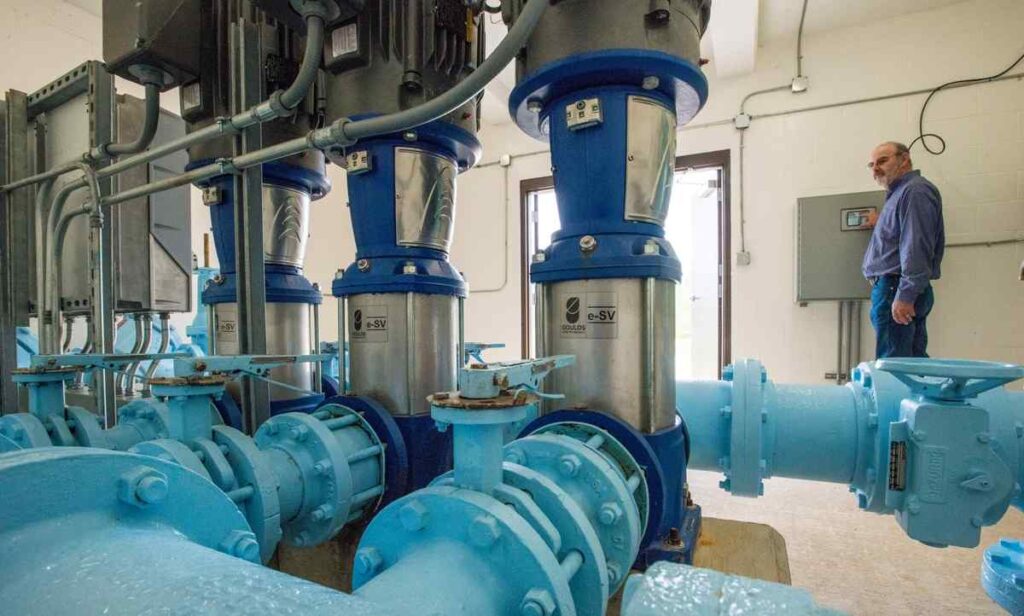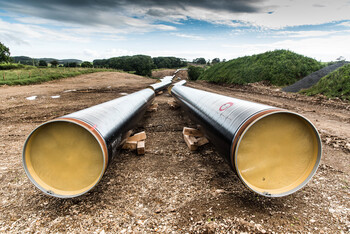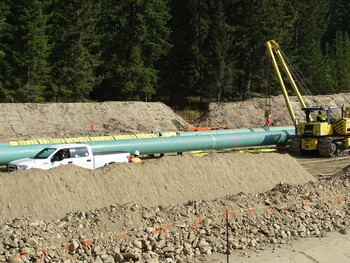
Pipeline Construction Safety Training: Discover the Importance
Pipeline construction is a complex and hazardous process that requires careful planning, proper equipment, and skilled workers. Safety is paramount in pipeline construction, as workers are exposed to various risks, including falls, heavy machinery accidents, and exposure to hazardous materials. Safety training plays a crucial role in ensuring that workers are aware of these risks and are equipped with the knowledge and skills to mitigate them. In this article, we’ll explore the importance of pipeline construction safety training and the key elements of an effective safety training program.
Importance of Safety Training in Pipeline Construction
- Awareness of Hazards: Safety training helps workers understand the potential hazards associated with pipeline construction, such as trench collapses, equipment malfunctions, and exposure to toxic substances. By being aware of these hazards, workers can take proactive measures to prevent accidents.
- Compliance with Regulations: Safety training ensures that workers are familiar with and comply with relevant safety regulations and standards, such as those set by the Occupational Safety and Health Administration (OSHA) in the United States. Compliance with these regulations is essential for maintaining a safe work environment and avoiding penalties.
- Risk Mitigation: Safety training teaches workers how to identify and mitigate risks in the workplace. This includes proper use of personal protective equipment (PPE), safe handling of materials, and following proper procedures for equipment operation.
- Emergency Preparedness: Safety training prepares workers to respond effectively to emergencies, such as fires, spills, or injuries. Training in first aid and emergency procedures can help minimize the impact of an emergency and save lives.
- Employee Empowerment: Safety training empowers workers to take responsibility for their safety and the safety of their colleagues. By understanding the importance of safety and knowing how to work safely, workers can create a culture of safety in the workplace.
Key Elements of an Effective Pipeline Construction Safety Training Program
- Hazard Identification and Risk Assessment: Training should include instruction on how to identify potential hazards in the workplace and assess the risks associated with them. This includes recognizing hazards such as uneven terrain, overhead power lines, and hazardous materials.
- Proper Use of Personal Protective Equipment (PPE): Workers should receive training on the proper selection, use, and maintenance of PPE, including hard hats, safety glasses, gloves, and steel-toed boots. They should also be trained on when and how to use respiratory protection, hearing protection, and fall protection equipment.
- Equipment Operation and Maintenance: Training should cover the safe operation and maintenance of equipment used in pipeline construction, such as excavators, bulldozers, and welding equipment. Workers should be trained on how to perform pre-operational checks, safely operate equipment, and recognize signs of equipment malfunction.
- Emergency Procedures: Workers should be trained on emergency procedures, including evacuation routes, assembly points, and procedures for reporting emergencies. They should also be trained in first aid and CPR to respond effectively to injuries and medical emergencies.
- Environmental Awareness: Training should include instruction on environmental protection measures, such as spill prevention and response, erosion control, and wildlife protection. Workers should be aware of the potential environmental impacts of pipeline construction and how to minimize them.
Implementing a Pipeline Construction Safety Training Program
- Assess Training Needs: Before implementing a safety training program, assess the specific training needs of your workforce based on the nature of the work, the hazards present, and the skills and knowledge required.
- Develop Training Materials: Develop training materials that are relevant, engaging, and easy to understand. Use a variety of training methods, such as classroom instruction, hands-on demonstrations, and video presentations, to appeal to different learning styles.
- Conduct Training Sessions: Schedule regular safety training sessions for all workers involved in pipeline construction. Make sure that training is conducted by qualified instructors and that all workers receive the same level of training.
- Evaluate Training Effectiveness: After training sessions, evaluate the effectiveness of the training by testing workers’ knowledge and skills. Use feedback from workers to identify areas for improvement and make adjustments to the training program as needed.
- Maintain Records: Keep detailed records of safety training, including the topics covered, the dates of training sessions, and the names of participants. This information can be used to demonstrate compliance with safety regulations and standards.

Conclusion
Safety training is a critical component of pipeline construction, ensuring that workers are aware of the hazards associated with their work and are equipped with the knowledge and skills to work safely. By implementing an effective safety training program, pipeline construction companies can create a culture of safety in the workplace, protecting workers and minimizing the risk of accidents and injuries.
